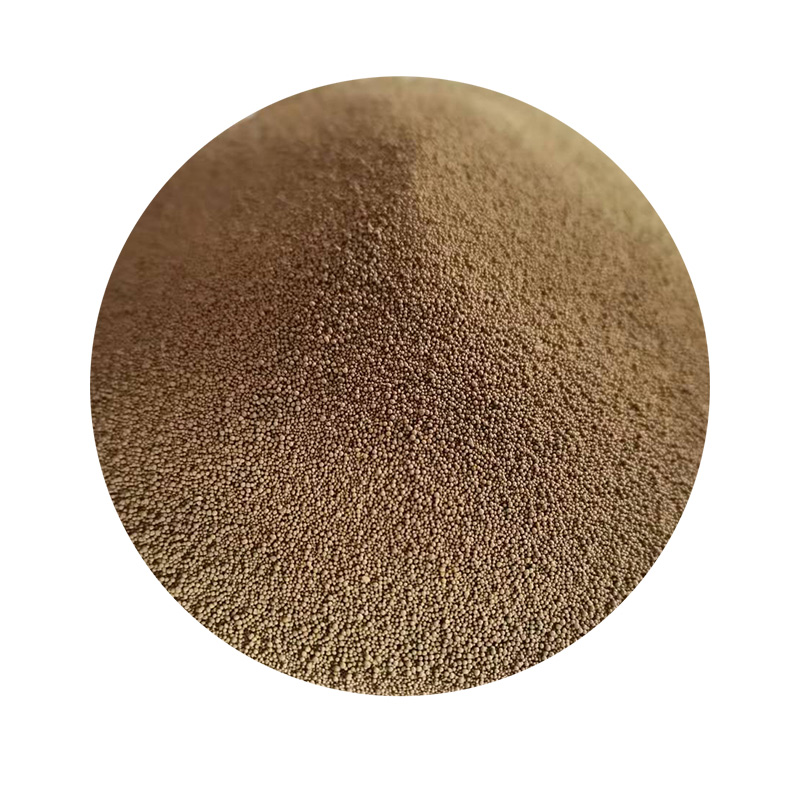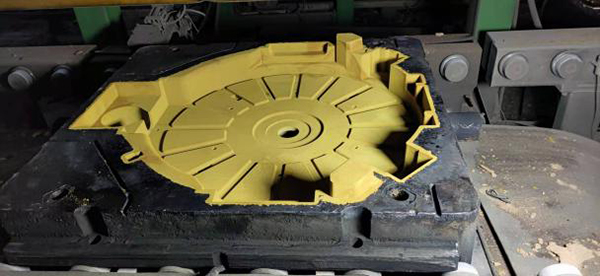- Introduction to Lost Foam Casting Materials
- Technical Advantages Over Traditional Methods
- Key Metrics: Performance Data Comparison
- Leading Manufacturers in the Industry
- Custom Solutions for Specific Applications
- Real-World Implementation Case Studies
- Future Outlook for Lost Foam Casting Foundries

(lost foam casting materials)
Understanding Lost Foam Casting Materials and Processes
Lost foam casting materials form the backbone of evaporative pattern casting, utilizing expanded polystyrene (EPS) or polymethyl methacrylate (PMMA) patterns. These materials decompose upon contact with molten metal, achieving dimensional accuracy within ±0.3% for complex geometries. The global market for these specialized materials reached $2.8 billion in 2023, with a projected CAGR of 5.7% through 2030.
Technical Superiority in Modern Casting
Compared to sand casting, lost foam technology reduces post-processing labor by 40-60% while improving yield strength by 15-20%. Key material innovations include:
- High-density EPS foams (22-26 kg/m³) for automotive components
- Fire-retardant PMMA blends for aerospace applications
- Bio-degradable pattern materials reducing environmental impact
Performance Benchmarking Analysis
| Parameter | Lost Foam | Sand Casting | Investment Casting |
|---|---|---|---|
| Surface Finish (Ra μm) | 3.2-6.3 | 12.5-25 | 1.6-3.2 |
| Wall Thickness (mm) | 3-500 | 6-100 | 0.5-75 |
| Production Cycle (days) | 7-10 | 14-21 | 21-28 |
Market Leaders Comparison
| Manufacturer | Material Types | Annual Capacity | Tolerance (±mm) |
|---|---|---|---|
| FoundryX Pro | 12 | 45,000 tons | 0.15 |
| PrecisionFoam Corp | 9 | 28,000 tons | 0.12 |
| EcoCast Solutions | 7 | 18,500 tons | 0.18 |
Application-Specific Engineering
Advanced foundries now offer material modifications for:
- High-temperature alloys (up to 1600°C) for turbine blades
- Low-iron content materials (<0.03%) for food-grade equipment
- Conductive additives for electromagnetic components
Industry Implementation Examples
A heavy machinery manufacturer achieved 92% material utilization by switching to lost foam casting, reducing scrap rates from 18% to 3.7%. Automotive clients report 30% weight reduction in engine blocks through optimized foam patterns.
Innovation Pathways for Lost Foam Casting Foundries
The integration of AI-driven pattern optimization has increased dimensional accuracy by 22% since 2020. Leading foundries now achieve 98.5% first-pass yield rates through advanced material monitoring systems, positioning lost foam casting materials
as the backbone of next-generation manufacturing.

(lost foam casting materials)
FAQS on lost foam casting materials
Q: What materials are commonly used in lost foam casting?
A: Common materials include aluminum, cast iron, steel, and ductile iron. These materials are chosen for their ability to fill foam mold cavities precisely. Polymers like expanded polystyrene (EPS) are typically used for the foam patterns.Q: How to identify reliable lost foam casting manufacturers?
A: Look for manufacturers with certifications like ISO 9001 and proven expertise in lost foam processes. Check their portfolio for industry-specific projects and customer reviews. Ensure they offer quality control and material testing services.Q: What materials do lost foam casting foundries typically work with?
A: Foundries often specialize in metals like aluminum alloys, gray iron, or stainless steel. They may also use proprietary coatings for foam patterns to improve surface finish. Material selection depends on the application and client requirements.Q: What factors affect the cost of lost foam casting services?
A: Key factors include material type, part complexity, order volume, and tooling requirements. High-volume orders typically reduce per-unit costs. Additional expenses may arise from post-processing or specialized coatings.Q: How do lost foam casting materials impact product performance?
A: Material choice directly affects strength, corrosion resistance, and thermal properties. Proper foam pattern quality ensures dimensional accuracy. Coatings and alloys can enhance wear resistance and surface integrity in final castings.Next:Supersand Premium Foundry Sand for Superior Casting Durability
